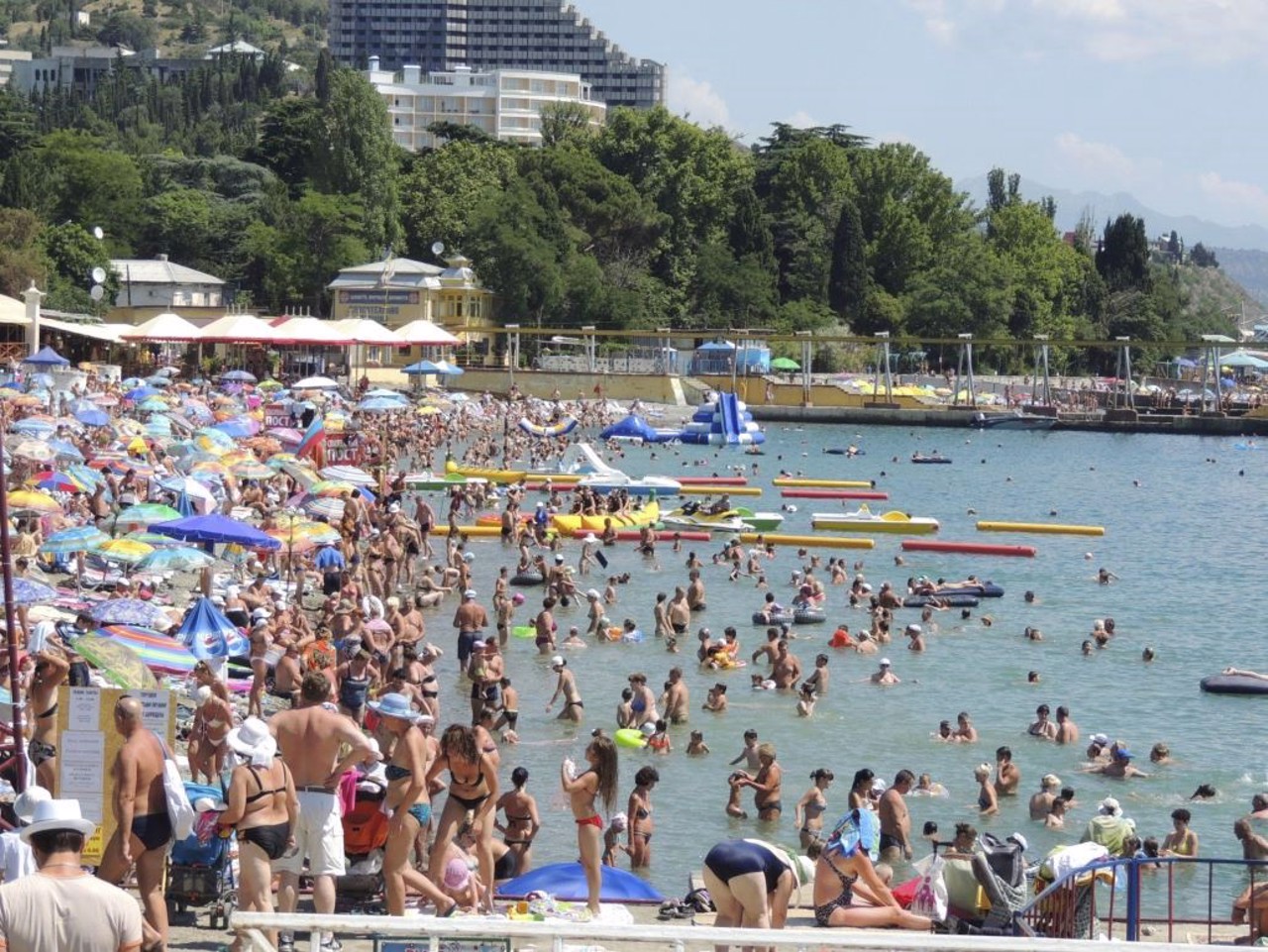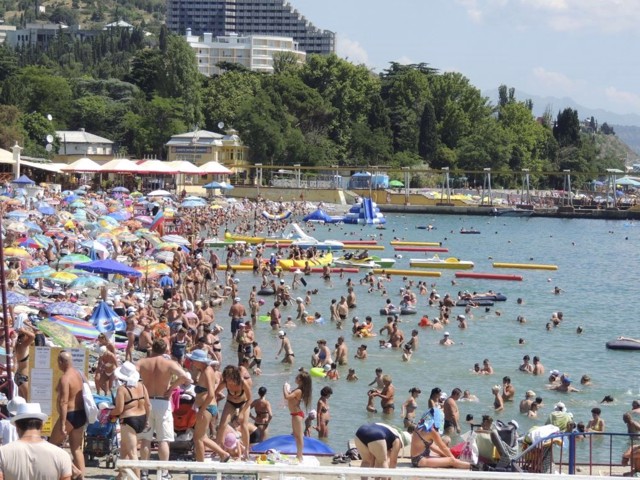Functional temporarily unavailable
Alushta
Travel guide online Alushta
General information about Alushta
City Alushta is the second largest resort in the South Coast, a democratic alternative to the luxurious Yalta. Is administratively part of Yalta district of Autonomous Republic of Crimea.
Fortress Aluston was first mentioned in Byzantine sources in the 6th century. After the Mongol-Tatar invasion, it was restored in the XIV century. Genoese, calling Lusta. It was finally destroyed in 1475 by the Turks (two towers and remnants of fortifications survived). During the Crimean War with the Turks, the Russian commander M. Kutuzov was seriously wounded nearby. ...
City Alushta is the second largest resort in the South Coast, a democratic alternative to the luxurious Yalta. Is administratively part of Yalta district of Autonomous Republic of Crimea.
Fortress Aluston was first mentioned in Byzantine sources in the 6th century. After the Mongol-Tatar invasion, it was restored in the XIV century. Genoese, calling Lusta. It was finally destroyed in 1475 by the Turks (two towers and remnants of fortifications survived). During the Crimean War with the Turks, the Russian commander M. Kutuzov was seriously wounded nearby.
The city became a climatic resort only at the beginning of the XX century. thanks to the activities of the merchant N. Stakheev. The mild climate (+23 in summer, +3 in winter) is due to the location in the amphitheater of mountains receding from the coast by 5-10 km. In the west, Babuhan-Yaila dominates over Alushta, in the north-west - Chatyrdah, in the north-east - one of the most beautiful mountains of Crimea, Demerdzhi.
Big Alushta is called the resort area, which stretches for more than 80 km from Partenit at the foot of Ayudah in the west to the village. Greetings in the east.
Місто Алушта - другий за величиною курорт Південного берегу Криму, демократична альтернатива розкішній Ялті. Адміністративно входить до складу Ялтинського району Автономної Республіки Крим.
Фортеця Алустон вперше згадується у візантійських джерелах в VI столітті. Після монголо-татарської навали її відновили в XIV сторіччі генуезці, назвавши Луста. Остаточно зруйнована в 1475 році турками (збереглися дві вежі та залишки укріплень). Під час Кримської війни з турками неподалік був важко поранений російський полководець Михайло Кутузов.
Кліматичним курортом міст ...
Місто Алушта - другий за величиною курорт Південного берегу Криму, демократична альтернатива розкішній Ялті. Адміністративно входить до складу Ялтинського району Автономної Республіки Крим.
Фортеця Алустон вперше згадується у візантійських джерелах в VI столітті. Після монголо-татарської навали її відновили в XIV сторіччі генуезці, назвавши Луста. Остаточно зруйнована в 1475 році турками (збереглися дві вежі та залишки укріплень). Під час Кримської війни з турками неподалік був важко поранений російський полководець Михайло Кутузов.
Кліматичним курортом місто стає тільки на початку XX століття завдяки діяльності купця Миколи Стахеєва. М'який клімат (+23 влітку, +3 взимку) зумовлено розташуванням в амфітеатрі гір, які відступають від берега на 5-10 кілометрів. На заході над Алуштою панує Бабуган-Яйла, на північному заході - Чатирдаг, на північному сході - одна з найкрасивіших гір Криму Демерджі.
Великою Алуштою називають курортну зону, яка простягнулася більш ніж на 80 кілометрів від селища Партеніт біля підніжжя Аюдагу на заході до села Привітне на сході.
Сплануй своє перебування у Alushta
What to see and where to go in Alushta
Tourist attractions and museums of Alushta
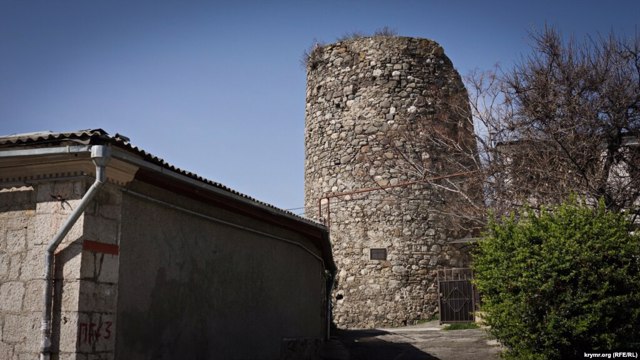
Aluston Fortress
Castle / fortress
Defense structures of the Aluston fortress, built on the shore of a convenient bay by the Byzantines in the 6th century by order of the Byzantine emperor Yustynian I.
The Goth garrison controlled the sea trade route from here and monitored order in the surroundings.
In the 10th century, the fortress was destroyed, but in 1382 it was restored by the Genoese, who bought these lands from the Crimean Khan. The fortification in the shape of an irregular quadrangle consisted of a citadel and three towers that protected the city from the most accessible eastern side. Most of the structures were destroyed by the attack of the Turkish fleet in 1475, but some fragments can still be seen.
A round (Genoese) tower with a height of 16 meters closed the defensive line from the south (it is located on the 15th Kvitnya Street). In the center of the north-eastern defensive line was the Square Tower (3 Volodarskoho Street). The third hexagonal tower has not survived.
Parts of the defensive walls are now used as a basis for nondescript modern buildings. Yuhar Dzhami mosque (XIX century) has been restored on the territory of the fortress.
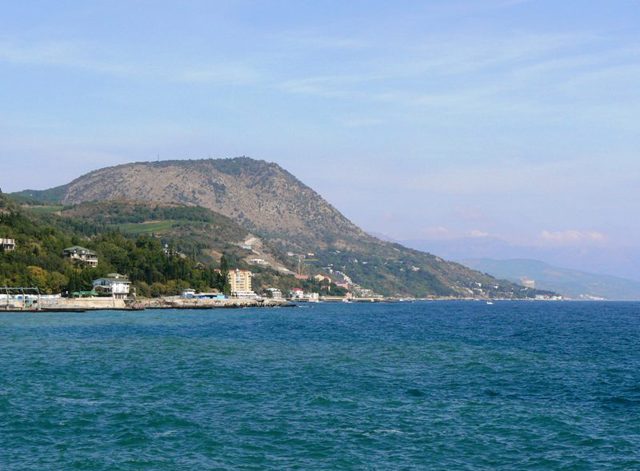
Mount Kastel
Natural object
Mount Kastel, 439 meters high, is located on the southern outskirts of Alushta, behind Professor's Corner.
The dome is covered with a forest canopy, but chaos has formed on the eastern slope of the mountain - stone blocks, sometimes reaching 3-5 meters in diameter.
The name is related to the fact that in ancient times there was a fortress (Greek - "kastel") on the top of the mountain, the remains of which have been preserved on the slopes.
According to legend, this fortress served as the last refuge of Queen Feodora, the ruler of ancient Sugdaya. After the capture of the capital of the principality by the Genoese, Feodora hid in Castel, where she, devoted to her brother, died in a battle with enemies.
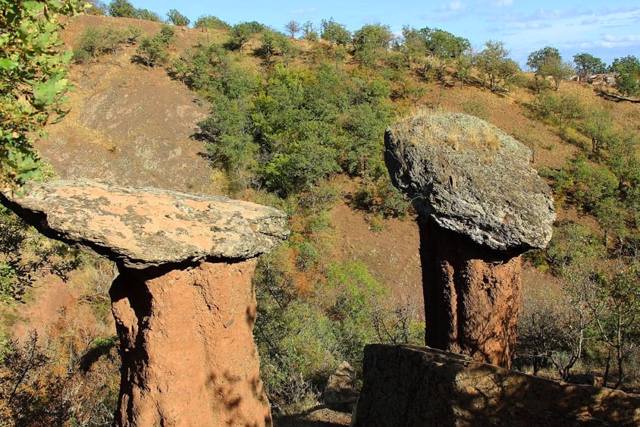
Stone Mushrooms (Sotera Valley)
Natural object
The valley of the Sotera River is a protected tract on the eastern South Bank.
Here, in the process of weathering and water erosion, amazing stone mushrooms up to 7 meters high were formed. The caps of the "mushrooms" are formed by dense slabs of conglomerate, and the "legs" are looser sediments, which were destroyed faster than the "caps", mainly by water flowing from the slopes. There are large mushrooms with a diameter of "caps" up to 2 meters, and smaller mushrooms - about 1 meter high. Over time, mushrooms are destroyed under the influence of erosion, but new ones appear.
At the end of 1893, Professor Mykola Holovkinsky found a complete skeleton of a mammoth here.
Not far from the pond, the remains of the "Shostak" estate of the Borozdiny noble family have been preserved.
Reviews Alushta
Geographical information about Alushta
| {{itemKey}} | {{itemValue}} |
|---|---|
| Region |
Autonomous Republic of Crimea |
